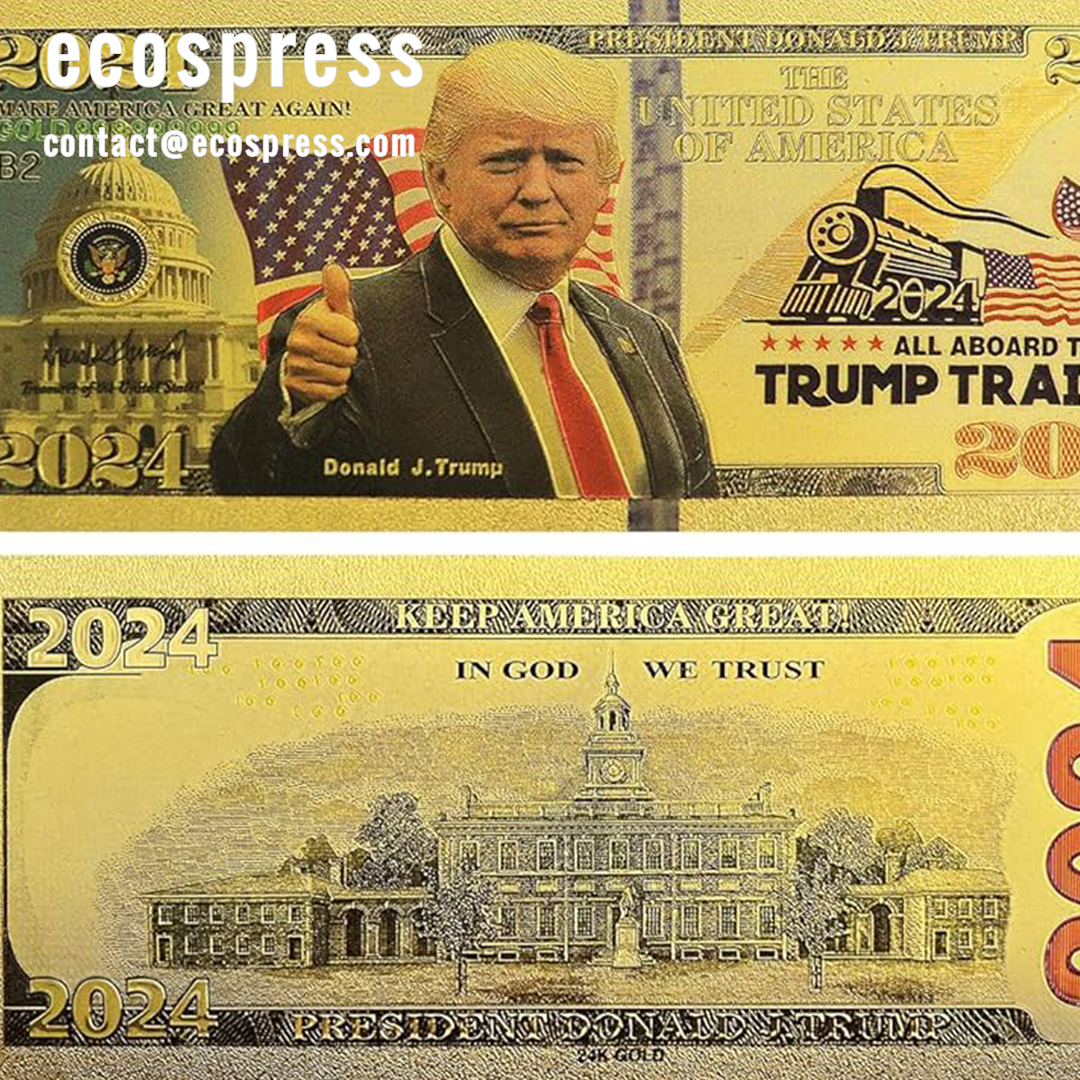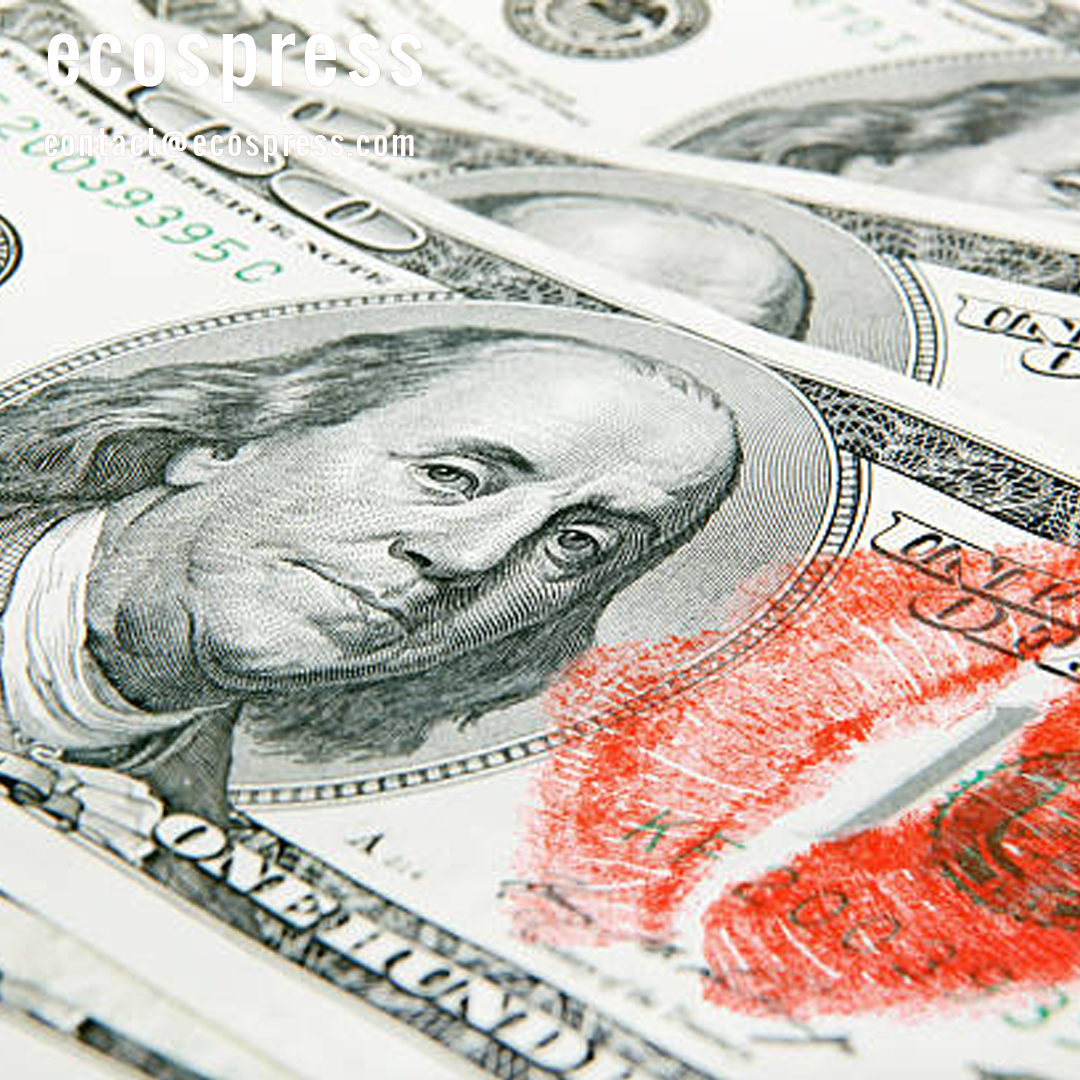In the world of politics and economics, there are always controversial ideas, and one such concept is how Donald Trump, the former President of the United States, could use what is figuratively referred to as “selling paper” to stimulate the economy and distribute massive amounts of money to the American people. Can this be achieved, and what mechanisms could be used?
What Does “Selling Paper” Mean?
The term “selling paper” metaphorically refers to two primary mechanisms:
- Issuing Government Bonds:
- The government issues Treasury Bonds, which are sold to domestic and international investors. These bonds represent debts owed by the government, to be repaid with interest in the future.
- According to the U.S. Department of the Treasury, the total U.S. national debt exceeded $33 trillion in 2024, with significant increases in issuances during economic crises.
- Printing Money (Monetary Expansion):
- This is implemented through Federal Reserve policies, injecting new money into the economy to support consumption and investment.
- During the COVID-19 pandemic, the U.S. government injected over $5 trillion in stimulus packages through a combination of borrowing and monetary expansion.
How Could Trump Implement This Idea?
If Trump were to return to the White House, “selling paper” could be part of his strategy to stimulate the economy. Here are two possible scenarios:
1. Issuing New Bonds to Raise Funds:
- The government would sell bonds to foreign and domestic investors, especially given the high demand for U.S. bonds due to the strength of the dollar.
- The proceeds could be used to distribute direct checks to Americans, as seen in previous stimulus plans.
2. Expanding Money Printing:
- Trump could encourage the Federal Reserve to adopt a new expansionary monetary policy.
- Excessive printing could lead to inflation, but if managed carefully, it could boost the U.S. economy, particularly through infrastructure projects or tax incentives.
Pros and Cons of “Selling Paper”
Potential Benefits:
- Stimulating Consumption: Injecting liquidity increases citizens’ purchasing power.
- Supporting Low-Income Families: Direct money distribution helps families cope with rising living costs.
- Boosting Economic Growth: New funds can create jobs and stimulate investment.
Potential Drawbacks:
- Inflation: Increasing the money supply without a corresponding increase in production may drive up prices.
- Rising Debt: Relying on bond issuance adds to the national debt burden.
- Negative Impact on the Dollar: Excessive money printing could weaken the dollar’s global value.
Examples from the Past: Can Trump Succeed?
- During his presidency (2017-2021), Trump reduced taxes and launched expansionary fiscal policies, leading to 2.9% economic growth in 2018, but also increasing the national debt.
- In 2020, during the COVID-19 crisis, his administration supported stimulus plans worth over $2.2 trillion, which helped stabilize markets despite challenges.
Sources and Data to Support the Perspective
- U.S. Department of the Treasury: US Treasury Debt Statistics
- Federal Reserve: Impact of Monetary Policies During Crises Federal Reserve Policies
- Economic Reports: Studies on the impact of stimulus packages on the U.S. economy (2020-2022).
Conclusion:
“Selling paper” is not just an economic concept but a strategy that relies on a delicate balance between debt and liquidity. If Trump decides to adopt this approach, its success will depend on prudent management of inflation and deficits, as well as global market responses. The question remains: Will this strategy pave the way for success or pose a significant risk?







Leave a Reply